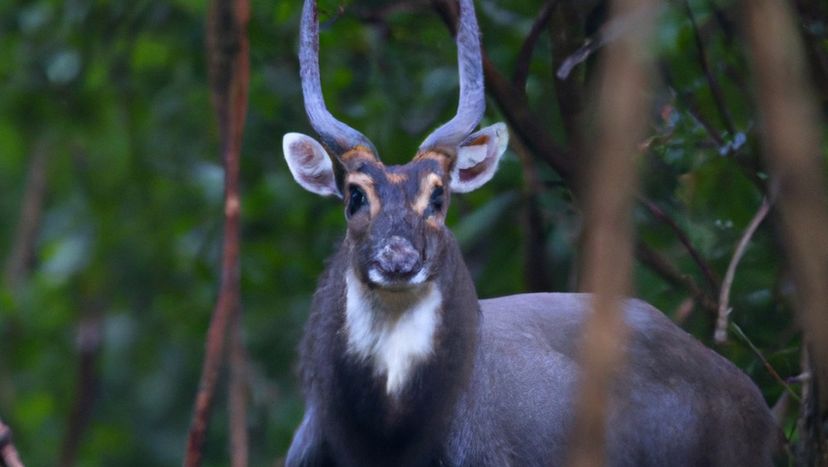
Key Takeaways
- The saola, also known as the Asian unicorn, is critically endangered with fewer than 100 individuals estimated to remain in the wild.
- Illegal hunting and a lack of understanding about their habitat and distribution are the primary threats to saola conservation.
- Conservation efforts include using camera traps and dung analysis to gather data, but without a captive breeding program, the species remains highly vulnerable.
The saola, also known as the Asian unicorn, is one of the rarest animals in the world. Not only is it critically endangered, but the saola is famously secretive; very little is known about it. There are no saola in captivity and the last categorically documented saola sighting was in 2013.
Here's what we know about these critically endangered large mammals.
Advertisement
Advertisement
